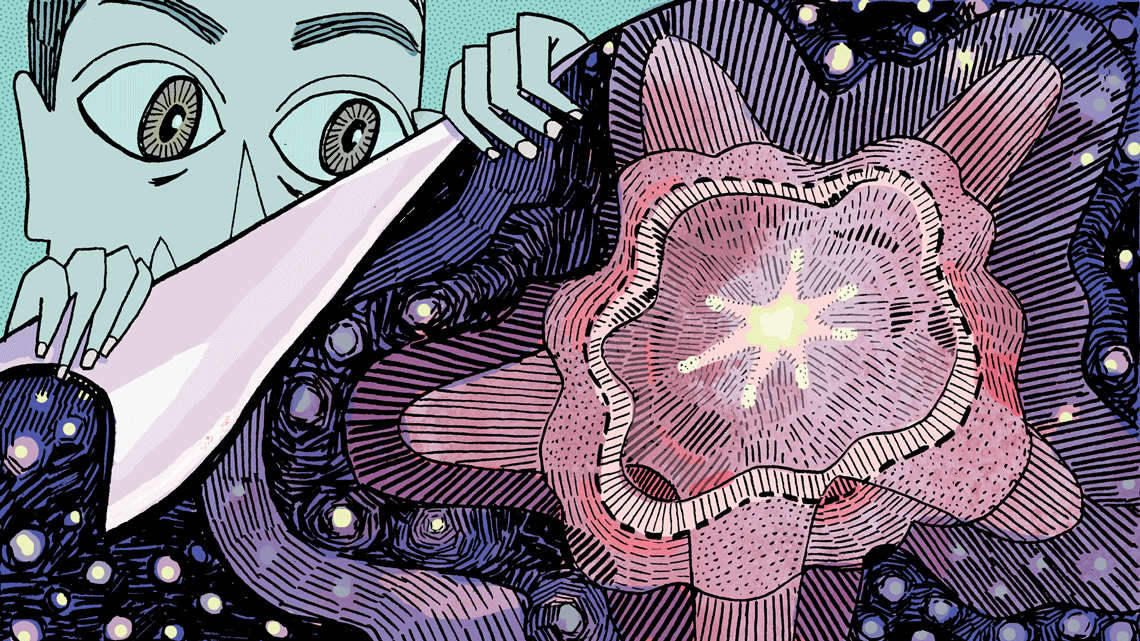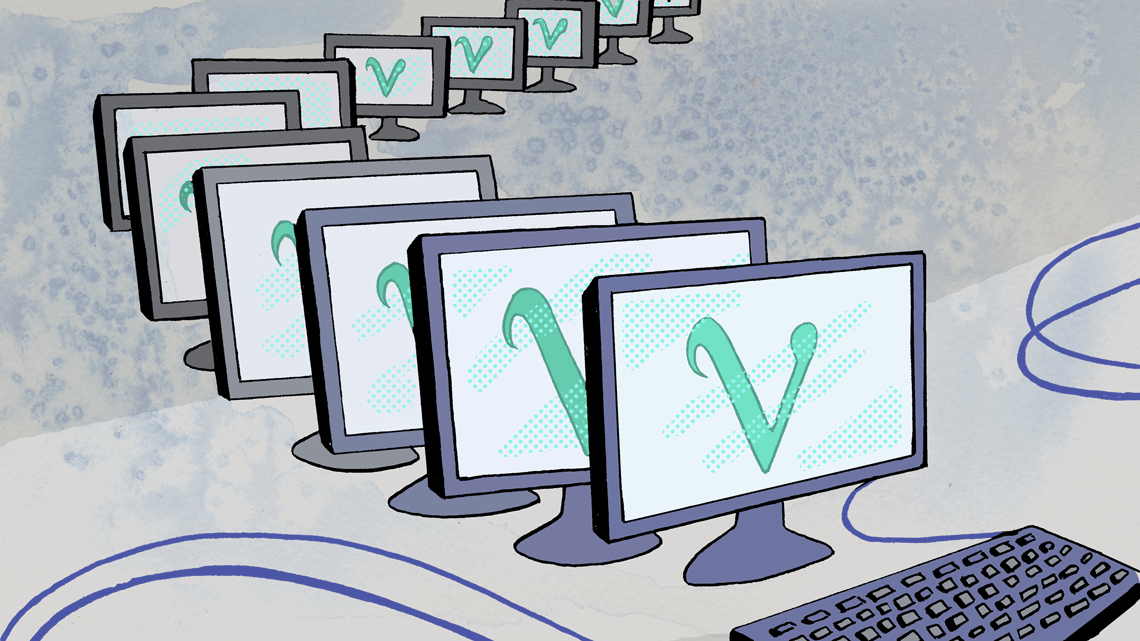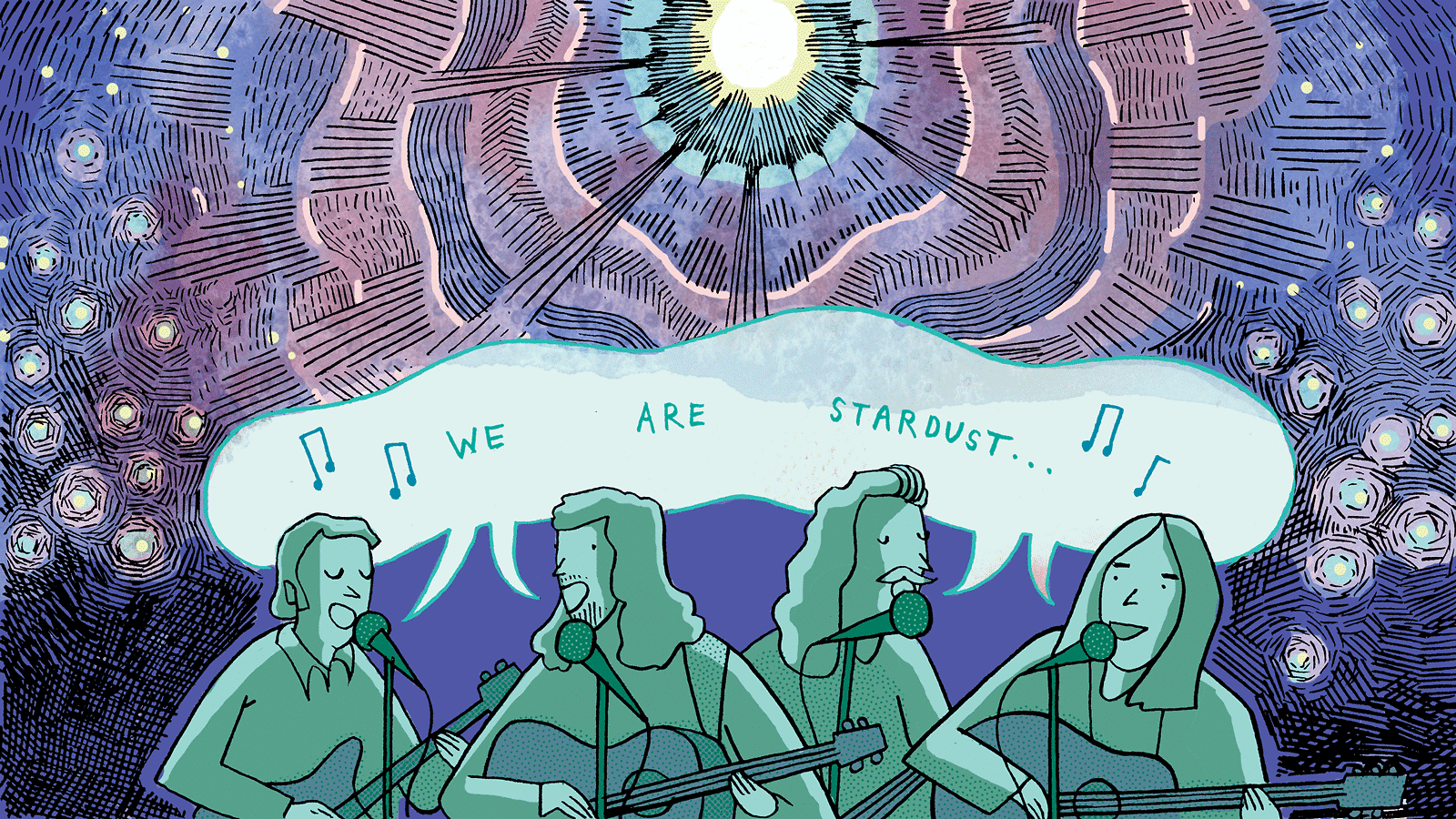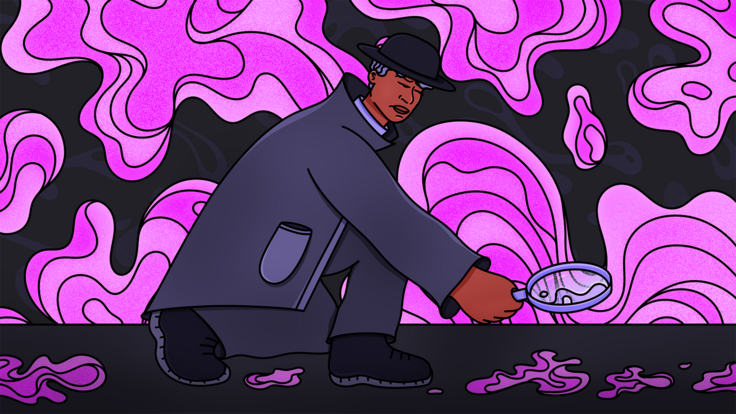When some stars much more massive than the sun reach the end of their lives, they explode in a supernova, fusing lighter atoms into heavier ones and dispersing the products across space—some of which became part of our bodies. As Joni Mitchell wrote and Crosby Stills Nash & Young famously sang, “We are stardust, we are golden, we are billion-year-old carbon.”
However, knowing this and understanding all the physics involved are two different things. We can’t make a true supernova in the lab or study one up close, even if we wanted to. For that reason, computer simulations are the best tool scientists have. Researchers program equations that govern the behavior of the ingredients inside the core of a star to see how they behave and whether the outcomes reproduce behavior we see in real supernovae. There are many ingredients, which makes the simulations extraordinarily complicated—but one type of particle could ultimately drive supernova explosion: the humble neutrino.
Neutrinos are well known for being hard to detect because they barely interact with other particles. However, the core of a dying star is a remarkably dense environment, and the nuclear reactions produce vast numbers of neutrinos. Both these things increase the likelihood of neutrinos hitting other particles and transferring energy.
“We can estimate on a sheet of paper roughly how much energy neutrinos may deliver,” says Hans-Thomas Janka, a supernova researcher at the Max Planck Institute for Astrophysics in Garching, Germany. “The question still remains: Is that compatible with the detailed picture? What we need is to combine all the physics ingredients which play a role in the core of a collapsing star.”

Things fall apart, the center cannot hold
Typically, all the nuclear fusion in a star happens in its core: That’s the only place hot and dense enough. In turn, the nuclear fusion supplies enough energy to keep the core from compressing under its own gravity. But when a star heavier than eight times the mass of our sun exhausts its nuclear fuel and fusion halts, the core collapses catastrophically. The result is a core-collapse supernova: a shock wave from the collapse tears the star apart while the core shrinks into a neutron star or black hole. The explosion leads to more nuclear fusion and the spread of nuclei into interstellar space, where it can eventually be used in making new stars and planets. (The other major supernova type involves an exploding white dwarf, the source of many other common atoms.)
Core-collapse supernovae are rare and extremely violent phenomena, sometimes outshining whole galaxies at their peak. The last relatively close-by supernova appeared in the sky in 1987, in the neighboring galaxy known as the Large Magellanic Cloud. Even if a supernova exploded close enough to observe in detail (while being far enough to be safe), we can't see deep inside to where the action is.
However, 24 neutrinos from the 1987 supernova showed up in particle detectors (built for studying proton decay). These neutrinos were likely born in nuclear reactions deep in the exploding star's interior and confirmed theoretical predictions from the 1960s, when astrophysicists first began to study exploding stars.
Supernova research really took off in the 1980s with growing computer power and the realization that a full understanding of core collapse would need to incorporate a lot of complicated physics.
“Core-collapse supernovae involve a huge variety of effects involving all four fundamental forces,” says Joshua Dolence of the US Department of Energy’s Los Alamos National Laboratory. “The predicted outcome of collapse—even the most basic question of ‘Does this star explode?’—can depend on how these effects are incorporated into simulations.”
In other words, if you don’t do the simulations right, the supernova never happens. While some stars may collapse directly into black holes instead of exploding, astronomers see both supernova explosions and their aftermaths (the most famous example being the Crab Nebula). Some simulations don’t ever show a kaboom, which is a problem: The energy released during the burst of neutrinos is enough to stall out the supernova before it explodes.
If neutrinos cause the problem, they may also solve it. They carry energy away from one part of the dying star, but they may also transfer it to the stalled-out shockwave, breaking the stalemate and making the supernova happen. It’s not the only hypothesis, but currently it’s the best guess astrophysicists have, and most of the large computer simulations seem to support it so far. However, some of the most energetic supernovae—known as hypernovae—don’t seem to abide by the same rules, so it’s possible something other than neutrinos are responsible. What that something else might be is anyone’s guess.

Explosions in the sky
Core-collapse supernovae are natural laboratories for extreme physics. They involve particle physics, strong gravity as described by general relativity and nuclear physics, all mixed up with strong magnetic fields. All of those aspects must be implemented in computer code, which necessarily involves tough decisions about what details to include and what to leave out.
“The major open questions revolve around understanding which physical effects are crucial to a quantitative understanding of supernova explosions,” Dolence says. His own work at Los Alamos involves testing the assumptions going into the various theoretical models for explosions and developing faster code to save on precious computer time. Janka’s work in Europe, by contrast, involves modeling the neutrino behavior as exactly as possible.
Currently, both detailed and simplified approaches are needed, until researchers know exactly what physical processes are involved deep inside the dying star. Both methods use tens of millions of hours of computer time, distributed across multiple computers working in parallel. Even with certain simplifying assumptions, these simulations are some of the biggest around, meaning they require supercomputers at large research centers: the Leibniz Computing Center in Germany; the Barcelona Supercomputing Center in Spain; Los Alamos, Oak Ridge National Laboratory and Princeton University in the United States, and just a handful of others.
“We have no proof so far except our calculations that neutrinos are the cause of the explosion,” Janka says. “We need to compare models with [astronomical] observations in the future.”
The world’s current neutrino experiments are poised to catch neutrinos from the next event and are connected by the Supernova Early Warning System. But in the absence of a nearby supernova, massive supercomputer simulations are all we have. In the meantime, those simulations could still teach us about the extreme physics of dying stars and what role neutrinos play in their deaths.







